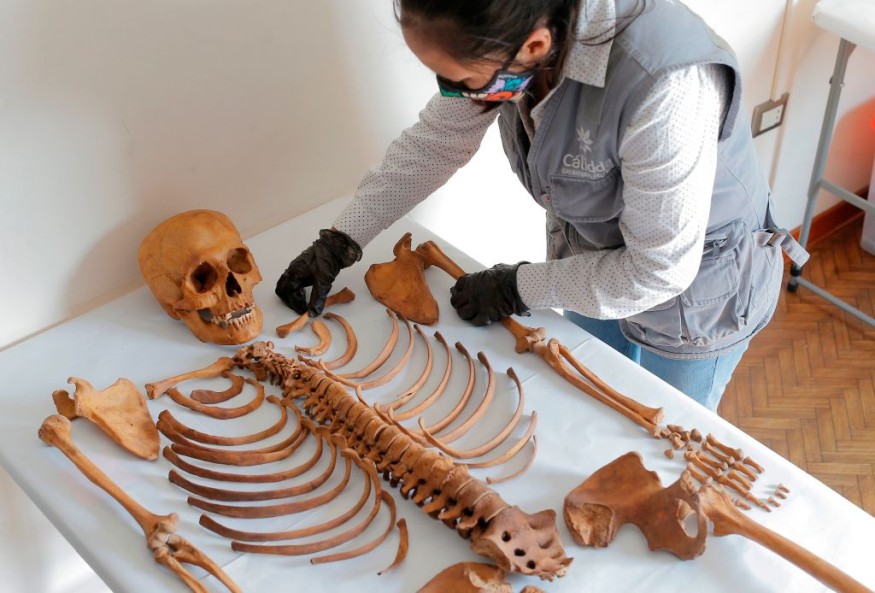After examinations, it was determined that a partial skull unearthed by two kayakers in Minnesota this summer was roughly 8,000 years old and would be returned to Native American officials.
Shocking Discovery

According to Renville County Sheriff Scott Hable, the skull was discovered by kayakers about 110 miles (180 kilometers) west of Minneapolis in the drought-stricken Minnesota River.
Hable handed the skull over to a medical examiner and the FBI. A forensic anthropologist performed carbon dating to find it was likely the skull of a young man who lived between 5500 and 6000 B.C.
"The fact that the bone was that old was a big shock to us," Hable told Minnesota Public Radio.
The anthropologist discovered a depression in the man's head, "perhaps indicative of the cause of death."
Also Read : Mysterious Giant Jars Believed to be Thousands of Years Old Unearthed in Forest in India
Stirring Controversy
Several Native Americans protested the sheriff's office when he blogged about the find on Wednesday, claiming that releasing images of ancestral bones was insulting to their culture.
According to Hable, the post was removed from his office. "We had no intention of offending anyone," Hable stated.
According to Hable, the remains will be given to Upper Sioux Community tribe officials.
Cultural Resources Specialist Dylan Goetsch of the Minnesota Indian Affairs Council stated that neither the council nor the state archaeologist was notified of the finding, as required by state statutes governing the care and repatriation of Native American remains.
By omitting to label the deceased a Native American and referring to the bones as "a small bit of history," Goetsch claimed the Facebook post "showed a total lack of cultural awareness."
Looking at the Remains
According to The New York Times, Kathleen Blue, an anthropology professor at Minnesota State University, said Wednesday that the skull was probably from an ancestor of one tribe still living there.
Instead of following animals and bison on their migrations, she believes the young guy would have consumed plants, deer, fish, turtles, and freshwater mussels in a narrow area.
"There weren't too many humans moving about Minnesota 8,000 years ago," Blue added, "because, as I mentioned, the glaciers had just receded a few thousand years before that." "We don't know much about that time period."
Importance of Archaeology
By studying artifacts, animal bones, and even human bones, archaeology allows us to understand ancient societies. Studying these artifacts can provide us some insight into what life was like for those who left no written record.
In the case of historical archaeology, artifacts can help us recognize that historical documents do not always speak for all people, and they can give us a picture of life for people who are rarely responsible for the written record, such as illiterate peasants in medieval Europe and pre-civil war slave populations in the southern United States.
For more similar news, don't forget to follow Nature World News!
© 2025 NatureWorldNews.com All rights reserved. Do not reproduce without permission.





